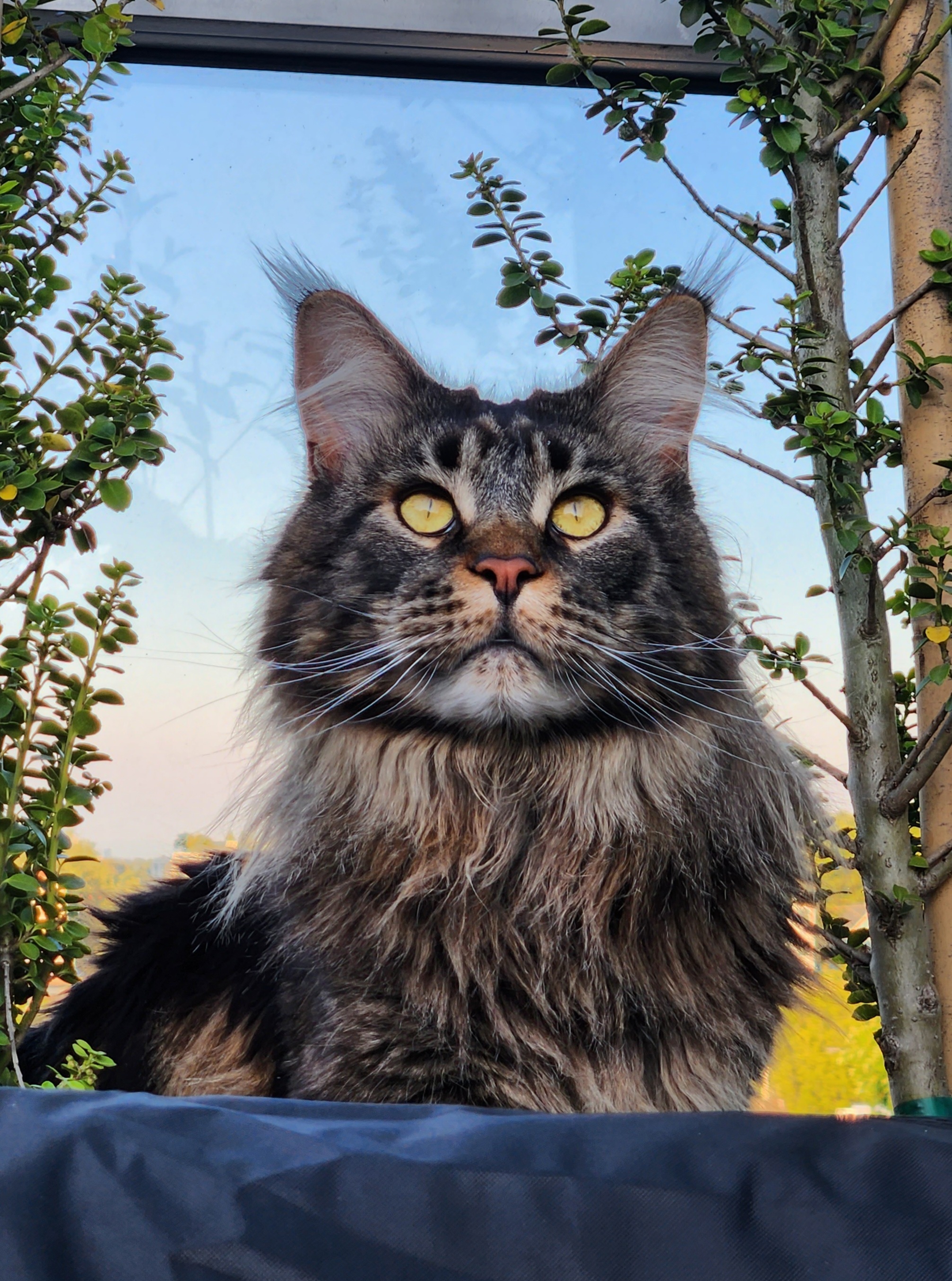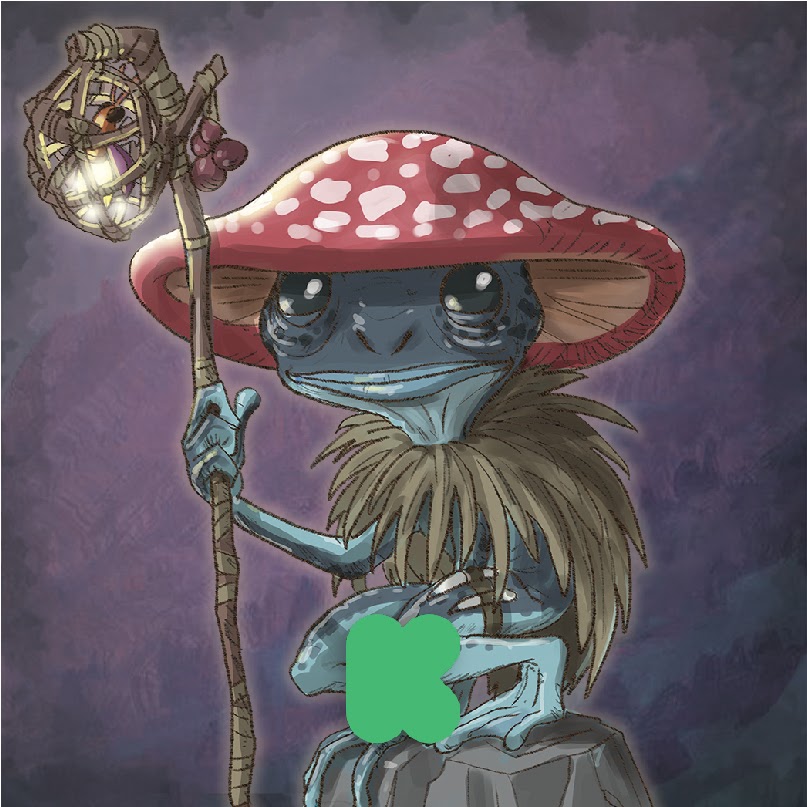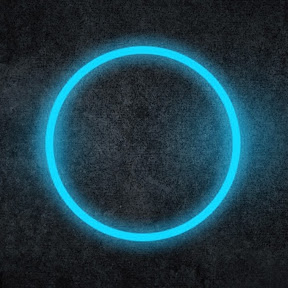Mine was Knoppix because back in the day Libraries used to let you borrow all sorts of computer software and games and that’s what they had and I was stuck on dialup lol
Slackware on a whole lot of lettered floppy disks.
Slackware was my first linux distro, but would Solaris or SunOS count?
No, but bonus credit. I went Vax VMS, DEC Alpha DUX, Slackware, slowaris (x86 Solaris), Redhat, then LFS, Gentoo, RHEL, Solaris 9, and then eventually a little of everything else.
Yea very similar progression, I ended on Debian (so far), and Bazzite for gaming.
BeOS ;)
I know, not Linux. But it was my first OS other than the one that came pre-installed.
Can’t remember exactly which was my very first Linux distro but probably Knoppix or another early live one.
My first “wipe Windows and install on bare metal” was PC-BSD. I know, again, not Linux.
And again, can’t remember exactly the very first “wipe Windows and install on bare metal” Linux, probably Puppy or Ubuntu.
Tried Ubuntu 8.04 when it was still new. Said egh, that’s cool, and moved on, until around 2015 I’ve installed Mint on more permanent basis, got frustrated with it a week later, and figured out Arch instead
Mandrake 9.2 (before the Mandriva rebranding)
Same with Mandrake, though I can’t remember what version number.
Linux Mint
… or maybe it was Ubuntu, but it didn’t last long so I don’t really count it. Linux Mint stuck for a number of years.
Debian because that was the one I had read most about. Then I tried many other distros, some for years, until now when I am once again a Debian user…
Red Hat for a few years and then Debian. Never had any reason to move from Debian.
I still have a 9" netbook with Debian 12 Bookworm on it. Sadly, it’s 32 bit so won’t be getting Debian 13 Trixie. Maybe Void?
Suse 5 or 6. I think. Throw some Debian in there around that same time frame.
Slackware. In 1993.
You beat me by 1 year. I switched to slackware when windows 95 came out because I liked cli from ms dos 6.22
My first “test” was Conectiva. I lasted a few days with it, then ditched it. (I think this was in 2002? Conectiva would eventually merge with Mandrake.)
Then a few years later I went for Kurumin. It was a local Knoppix derivative, focusing on ease of use. Eventually Ubuntu became popular enough that Kurumin’s maintainer saw no reason to continue the project.
Damn, how long did you stick with Knoppix?
I had two firsts—I messed around with Ubuntu around high school or so, but I don’t count that because I was only curious and had no intention to actually try and use it for any decent stretch of time.
Second, which I consider the “true first”, was Fedora, and man was it dope. It’s the distro that made me realize Linux is a lot more accessible than I had thought.
It was probably Ubuntu Hoary Hedgehog, though it didn’t stick. I tried other versions of Ubuntu and even gentoo again over the following years, but none of them would stick. I would eventually tinker with something I couldn’t repair, and rather than re-installing and starting again, I’d just return to windows.
Linux finally stuck for me last year, and Linux (Arch and then CachyOS) has been my full time OS for about the last 18 months
The Ubuntu story is exactly what happened to me.
OpenSUSE Table weed is what got Linux to stick for me though. Once I learnt enough with that to get started and my OS needed a reinstall, I ended up going with CachyOS too eventually.
Tried ubunto with mint about 10 years back. My first actual daily driver was endeavoros about 1.5 years ago and it has stuck!
Using Hyprland as the DE
It was Fedora. Most of the recommendations for beginners at the time were for Ubuntu or derivatives and I was being contrary just because I could.
My first ever distro was Xubuntu. (I did install Lubuntu before it, but found it too “ugly” so switched to Xubuntu after about 30 mins.)
I was still in high school, around 2014-15. My pc was getting old, and I read online that Linux can make your pc run faster. So, I decided to give it a try. I also read online that Xubuntu (and Lubuntu) is among the lightest of distros, so decided to install that. It was worthwhile, to say the least.
I currently use mostly EndeavourOS and AlmaLinux for my personal machines, depending on the type of the device. I have installed Fedora on my sister’s laptop, and Debian Stable on my parents’ PC, so I have to maintain those as well. Also, I have a few Pi zero2s for various things, so I use PiOS (or whatever it’s called these days) from time to time.















